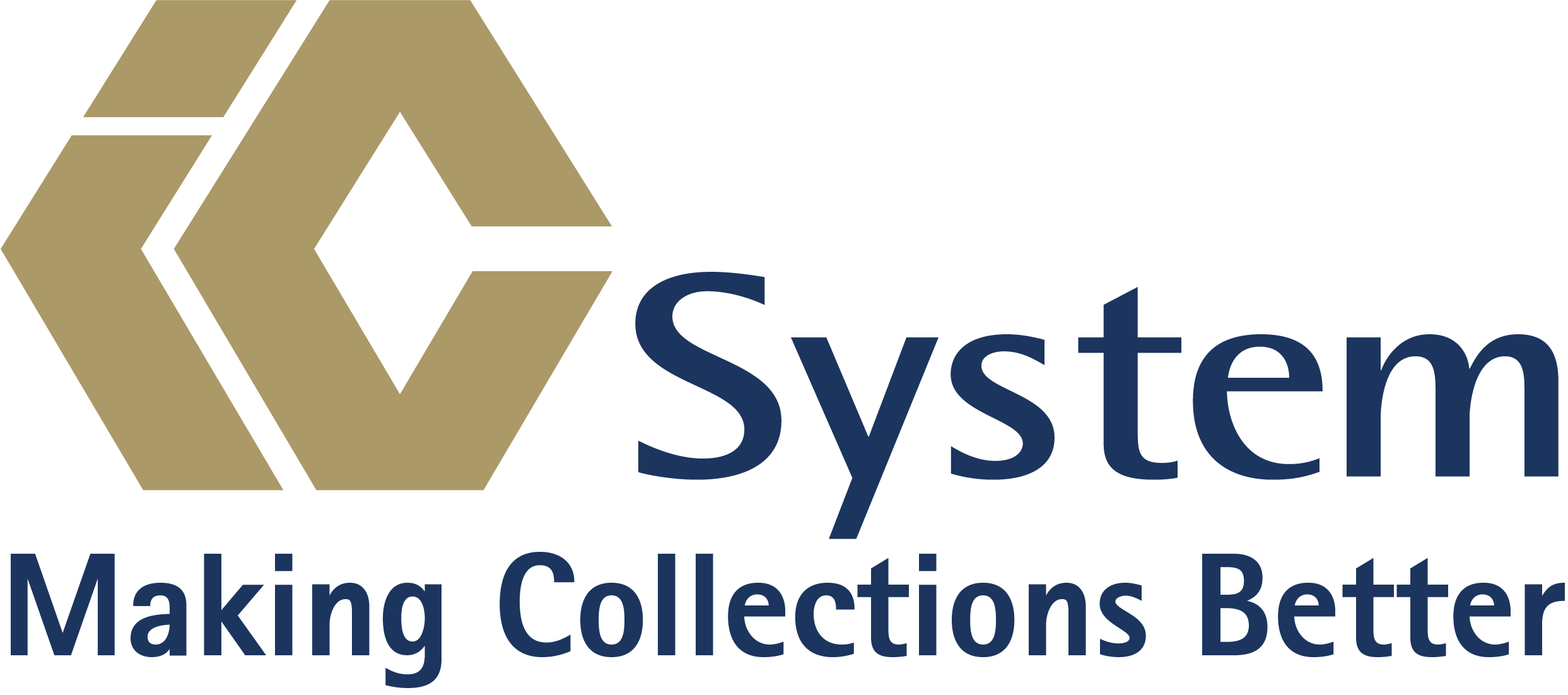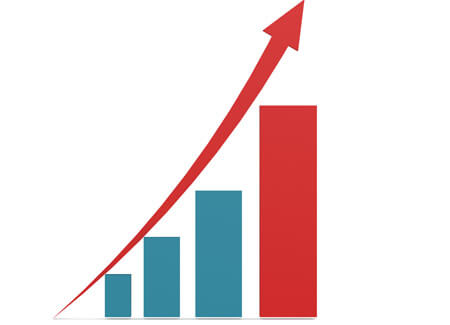Helping Health Systems Find Lost Reimbursement & Revenue

There was a story out of Arizona recently about a patient with a hefty bill for healthcare services, and because he couldn’t afford to pay it outright, he was forced to sell his collection of X-Men comic books to resolve the matter. As a former comic book collector, my heart nearly broke.
Hospital Revenue Recovery: What is RCM and Why Is It Important?
When stories about patients selling comic books to pay for hospital visits make headlines, it’s time to take a step back and look at the bigger picture of hospital revenue recovery. The ongoing challenge of mounting bad debt in the healthcare industry isn’t going away anytime soon—and healthcare systems must evolve their strategies to stay financially viable.
Why Aren’t Consumers Paying Their Medical Bills?
Each year, patient balances after insurance increase. With high-deductible health plans (HDHPs) becoming the norm and insurance companies covering less, patients are expected to shoulder more of their healthcare costs—but many simply can’t afford to. A survey by the Kaiser Family Foundation and The New York Times revealed that more than one in four consumers struggles to pay their medical bills.
Here’s why:
Healthcare costs continue to rise.
HDHPs offer lower premiums but much higher deductibles.
Patients often don’t understand their medical statements.
Wages haven’t kept up with rising healthcare expenses.
What is RCM and Why Is It Important?
Revenue Cycle Management (RCM) refers to the administrative and clinical processes involved in capturing, managing, and collecting revenue from patient services. From registration and insurance verification to billing and collections, RCM is critical to ensuring hospitals and providers are paid for the care they deliver.
Effective RCM is essential to minimizing revenue loss, improving patient financial experiences, and maintaining a healthy cash flow.
The Rising Impact of Patient Responsibility
According to Modern Healthcare, hospital revenue tied to patient balances jumped 88% between 2012 and 2017. As patient financial responsibility increases, so does the risk of nonpayment, turning consumer financial struggles into provider revenue gaps. Hospital revenue recovery becomes essential to stabilize finances and ensure continued care delivery.
What Healthcare Systems Can Do
While providers can’t singlehandedly fix the healthcare system, they can implement smarter revenue cycle strategies:
Invest in modern RCM tools to streamline billing and claims.
Improve patient-facing billing processes for better understanding and faster payments.
Partner with collection agencies to recover past-due accounts earlier in the cycle.
Adopt late-stage recovery strategies to recover revenue from accounts typically written off after 180 days.
IC System’s late-stage recovery program helps healthcare providers go beyond the standard collections timeline. We specialize in reviving long-dormant accounts, recovering revenue that would otherwise be lost.
Conclusion
The dynamic between patient and provider—particularly in financial matters—remains a growing challenge. But with a strong RCM strategy and a proactive recovery plan in place, health systems can reduce bad debt and improve their bottom line, even in today’s evolving healthcare landscape.
Need help with hospital revenue recovery?
Call 1-800-279-3511 to REQUEST PRICING today.
keep revenue streams flowing. Contact IC System to learn more about how we can help with your revenue recovery efforts.
About the Author: Eric Johannes









